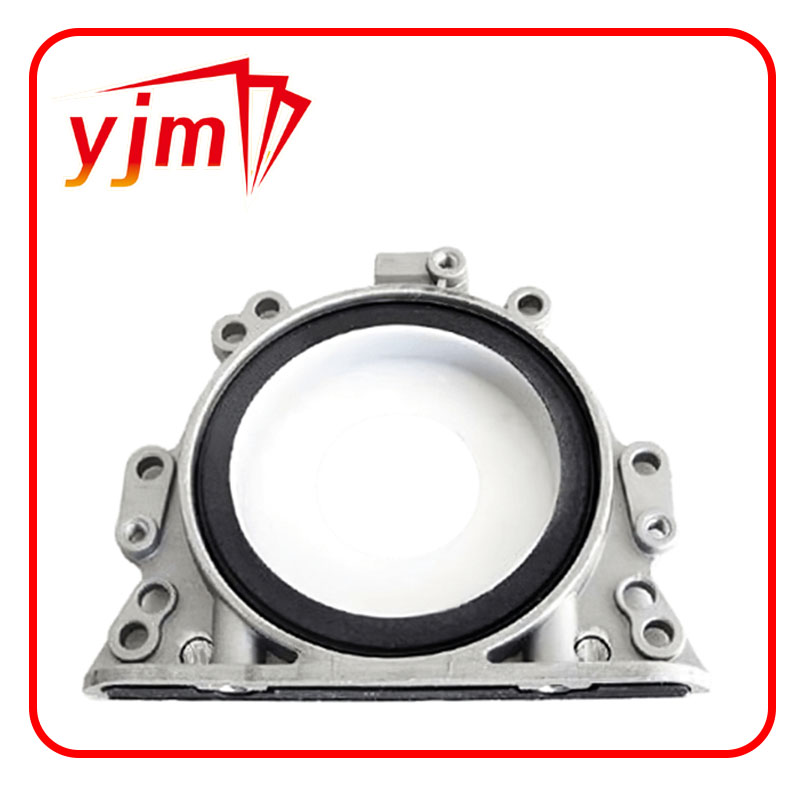Exploring Oil Pan Screws and Their Importance in Engine Performance and Maintenance
Understanding the Importance of Oil Pan Screws
Oil pan screws, often overlooked in discussions about engine maintenance, play a crucial role in the functionality and longevity of an automobile's engine. They are a vital component of the oil pan, which serves as a reservoir for the engine oil. This article will explore the significance of oil pan screws, their design, installation, and maintenance to highlight their importance in automotive engineering.
The Role of the Oil Pan
The oil pan, typically constructed from steel or aluminum, is located at the bottom of the engine. Its primary function is to store engine oil, which lubricates various moving parts to reduce friction and wear. This lubrication is essential for maintaining optimal engine performance and efficiency. The oil pan also serves as a sump, allowing for oil to return to the engine after circulating through critical areas.
Oil Pan Screws Explained
Oil pan screws, or bolts, are used to secure the oil pan to the engine block. They must withstand the vibrations and heat generated by the engine while ensuring a tight seal to prevent leaks. These screws come in various sizes and designs, typically made from materials that resist corrosion and wear, such as stainless steel or coated metals. The integrity of these screws is vital; if they become loose or damaged, it can lead to oil leaks, reduced lubrication, and potentially serious engine damage.
Installation and Torque Specifications
oil pan screw

When installing an oil pan, it is crucial to adhere to the manufacturer’s specifications for torque settings. Over-tightening or under-tightening the oil pan screws can result in various issues. Over-tightening can strip the threads or deform the oil pan, while under-tightening can lead to oil leaks. The process of proper installation involves the use of a torque wrench, ensuring that each screw is tightened to the recommended specifications in the correct sequence. This sequence usually starts from the center and works outward to distribute pressure evenly across the pan.
Routine Maintenance and Inspection
Regular maintenance should include checks on the oil pan and its screws. During oil changes or routine inspections, it is wise to visually inspect the oil pan for signs of leaks or corrosion. Additionally, ensure that the screws are tight and show no signs of damage. In some cases, replacing the oil pan gasket can help maintain a secure seal, further protecting the engine.
Common Issues Related to Oil Pan Screws
Several issues can arise from poor maintenance of oil pan screws. One of the most common is oil leakage, which can lead to low oil levels and, eventually, engine failure if not addressed promptly. Additionally, if the screws corrode or rust, they may weaken, potentially causing them to break during driving. It's also worth noting that some vehicles may use plastic screws or components that can become brittle over time, further complicating the issue.
Conclusion
In summary, oil pan screws, while small components, hold significant importance in maintaining the engine's integrity and performance. Proper installation and maintenance of these screws can prevent oil leaks and ensure the smooth operation of the engine over time. Car owners should include checking these screws in their regular vehicle maintenance routine to safeguard against potential engine problems. By understanding the essential function of oil pan screws, vehicle owners can appreciate the intricate workings of their engines and take proactive steps to ensure their longevity.
-
Understanding the Front Main Engine Seal: Purpose, Maintenance, and Installation
News Jul.29,2025
-
Understanding O-Rings and Seal Rings: Types, Applications, and Custom Solutions
News Jul.29,2025
-
Understanding Crankshaft Oil Seals: Rear Seals, Pulley Seals, and Their Role in Engine Integrity
News Jul.29,2025
-
The Importance of Front and Rear Crankshaft Seals in Engine Performance and Oil Management
News Jul.29,2025
-
Crank Oil Seals: Functions, Types, and Cost Considerations in Engine Maintenance
News Jul.29,2025
-
A Comprehensive Guide to O-Rings and Seals: Types, Materials, and Global Applications
News Jul.29,2025
-
Mastering Diesel and Performance Engine Maintenance: A Guide to Critical Oil Gaskets
News Jul.28,2025
Products categories















